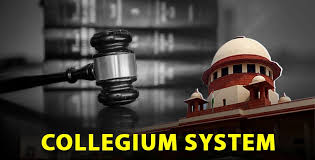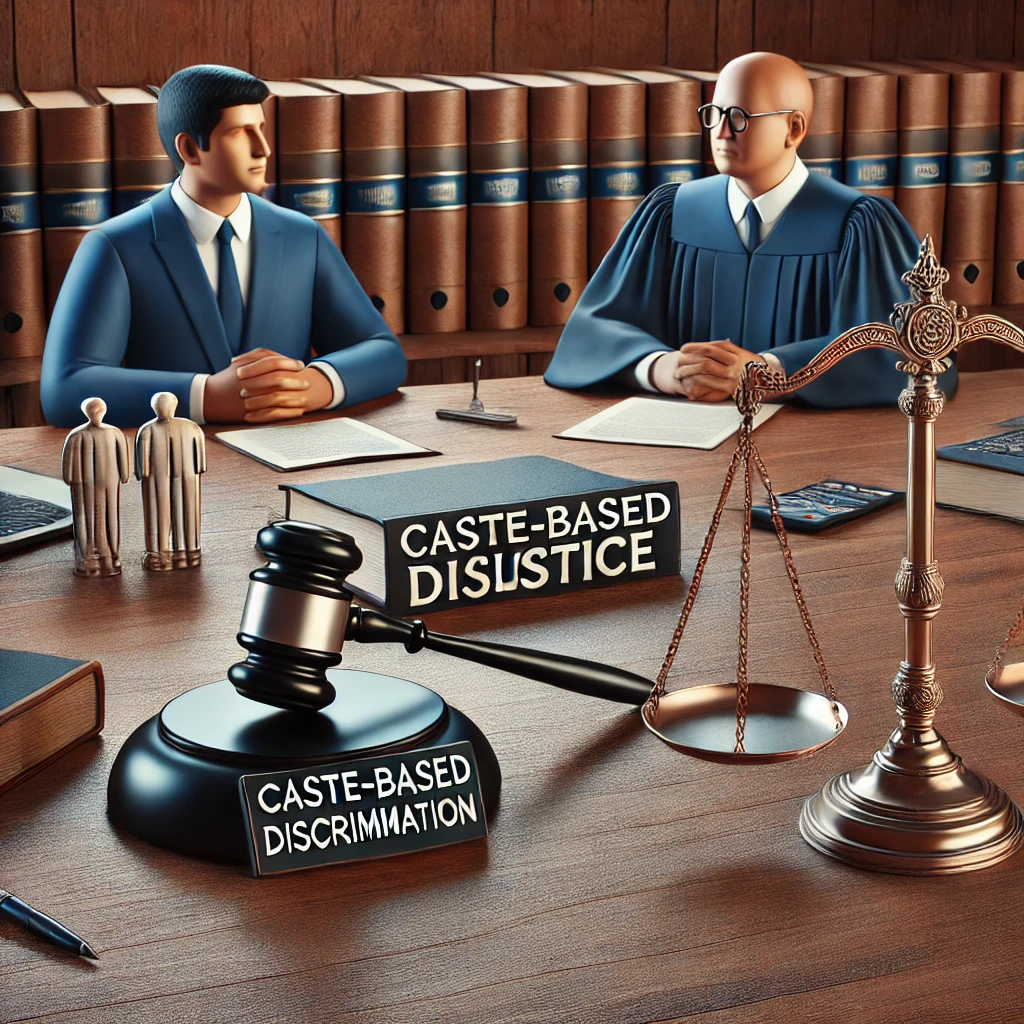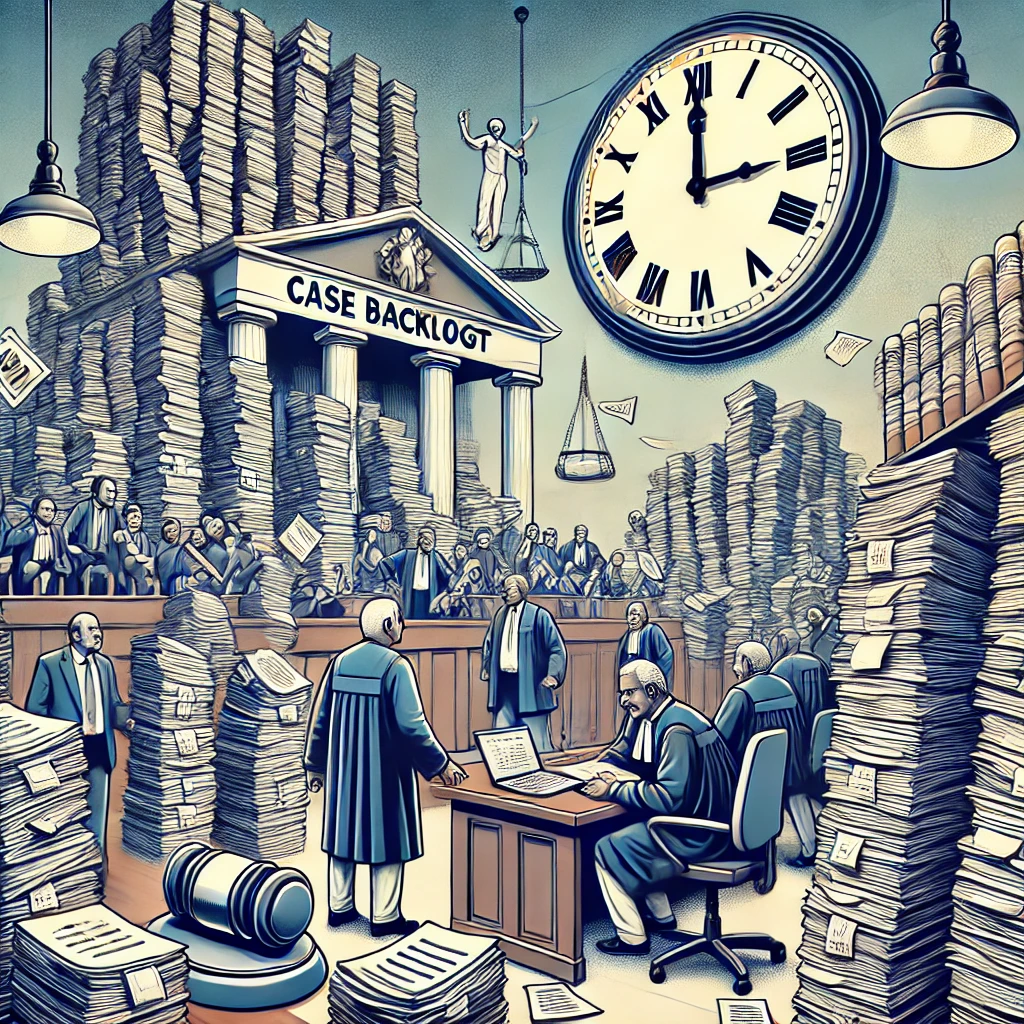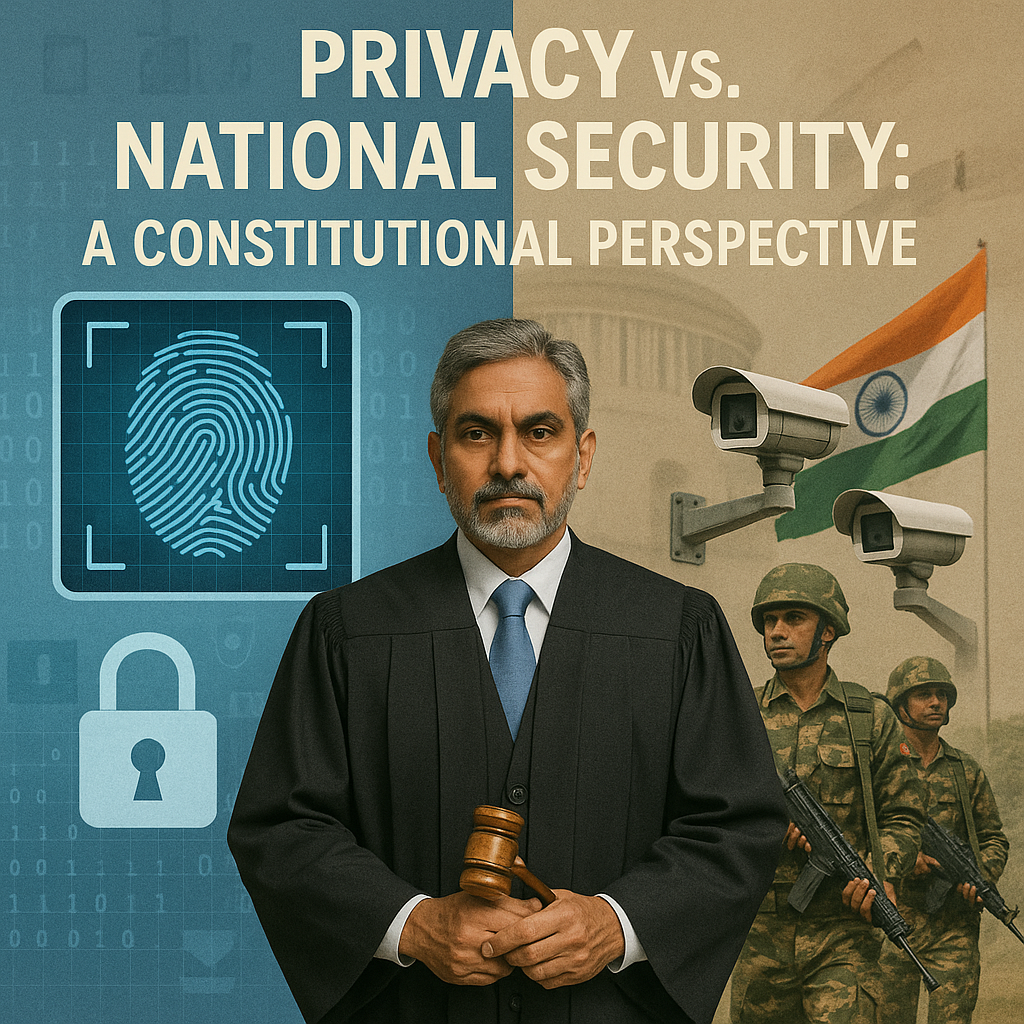New Hampshire Code of Administrative Rules Cul - Commissioner, Department of Cultural Resources
Overview of Cul — Commissioner, Department of Cultural Resources
The Cul chapter of the New Hampshire Code of Administrative Rules governs the organization, powers, responsibilities, and administrative procedures related to the Commissioner of the Department of Cultural Resources in New Hampshire.
The Department of Cultural Resources is responsible for the stewardship, preservation, promotion, and enhancement of the state’s cultural heritage, which includes historic preservation, arts, libraries, and archives.
Key Elements of the Cul Rules
1. Authority and Purpose
The Commissioner of the Department of Cultural Resources operates under authority granted by state law to manage and oversee cultural programs and initiatives.
The rules define the administrative framework and clarify the Commissioner’s powers to implement state cultural policies and programs.
The aim is to protect and enrich New Hampshire’s cultural resources for the benefit of residents and visitors.
2. Organization and Structure
The Department of Cultural Resources includes various divisions or units, such as:
Historic Preservation
Arts Council or Division of Arts
State Library
State Archives
Museums or heritage centers
The Commissioner supervises these units and ensures coordination among them.
3. Commissioner’s Powers and Duties
The Commissioner’s responsibilities include:
Policy Development: Developing policies and strategic plans related to cultural resources.
Program Administration: Overseeing programs that promote historic preservation, arts development, library services, archival management, and public outreach.
Grant Management: Administering grants and funding programs that support cultural activities, historic preservation projects, and cultural institutions.
Regulatory Authority: Enforcing state cultural preservation laws and regulations, including those that relate to historical sites and artifacts.
Public Engagement: Facilitating public participation and awareness through education, exhibitions, and events.
Advisory Role: Serving as an advisor to the Governor and Legislature on matters involving cultural resources and policies.
4. Rulemaking and Administrative Procedures
The Commissioner has the authority to propose, adopt, amend, or repeal administrative rules related to cultural resource management.
Rules are developed through a public process that includes notice, opportunity for comment, and hearings, ensuring transparency and public input.
The rules govern the operation of programs, eligibility for grants, preservation standards, and other administrative details.
5. Grant and Funding Programs
The Department often provides funding to support:
Historic preservation projects (e.g., restoring historic buildings)
Arts organizations and artists
Library services and digitization initiatives
Archival projects to preserve historical records
The rules specify application procedures, eligibility criteria, reporting requirements, and compliance standards for grant recipients.
6. Historic Preservation
The Commissioner oversees compliance with historic preservation statutes.
This includes:
Maintaining the State Register of Historic Places.
Reviewing projects that might impact historic resources.
Providing technical assistance and guidelines for preservation.
The Commissioner may also collaborate with local historic commissions and national programs like the National Register of Historic Places.
7. Public Access and Records Management
The Department manages access to state archives, historical records, and cultural materials.
The rules may cover how the public can request records, view collections, or use facilities.
The Commissioner ensures compliance with laws governing records retention and archival standards.
8. Reporting and Accountability
The Commissioner must prepare reports on the Department’s activities, funding status, program outcomes, and cultural resource conditions.
These reports are submitted to the Governor, Legislature, and sometimes to the public.
Reporting ensures transparency and helps guide future funding and policy decisions.
9. Collaboration and Partnerships
The Department and Commissioner work with a variety of stakeholders, including:
Local governments
Nonprofit cultural organizations
Educational institutions
Federal agencies (e.g., National Park Service for historic preservation)
Collaboration helps leverage resources and expand the reach of cultural programs.
Summary: Why the Cul Rules Matter
The Cul rules establish a clear administrative framework for managing New Hampshire’s cultural resources.
They empower the Commissioner to protect historic sites, support the arts, maintain public libraries, and preserve the state’s historical records.
This framework helps ensure that New Hampshire’s rich cultural heritage is safeguarded and promoted for educational, economic, and community benefits.
The rules also promote transparency, accountability, and public engagement in cultural resource management.


















0 comments